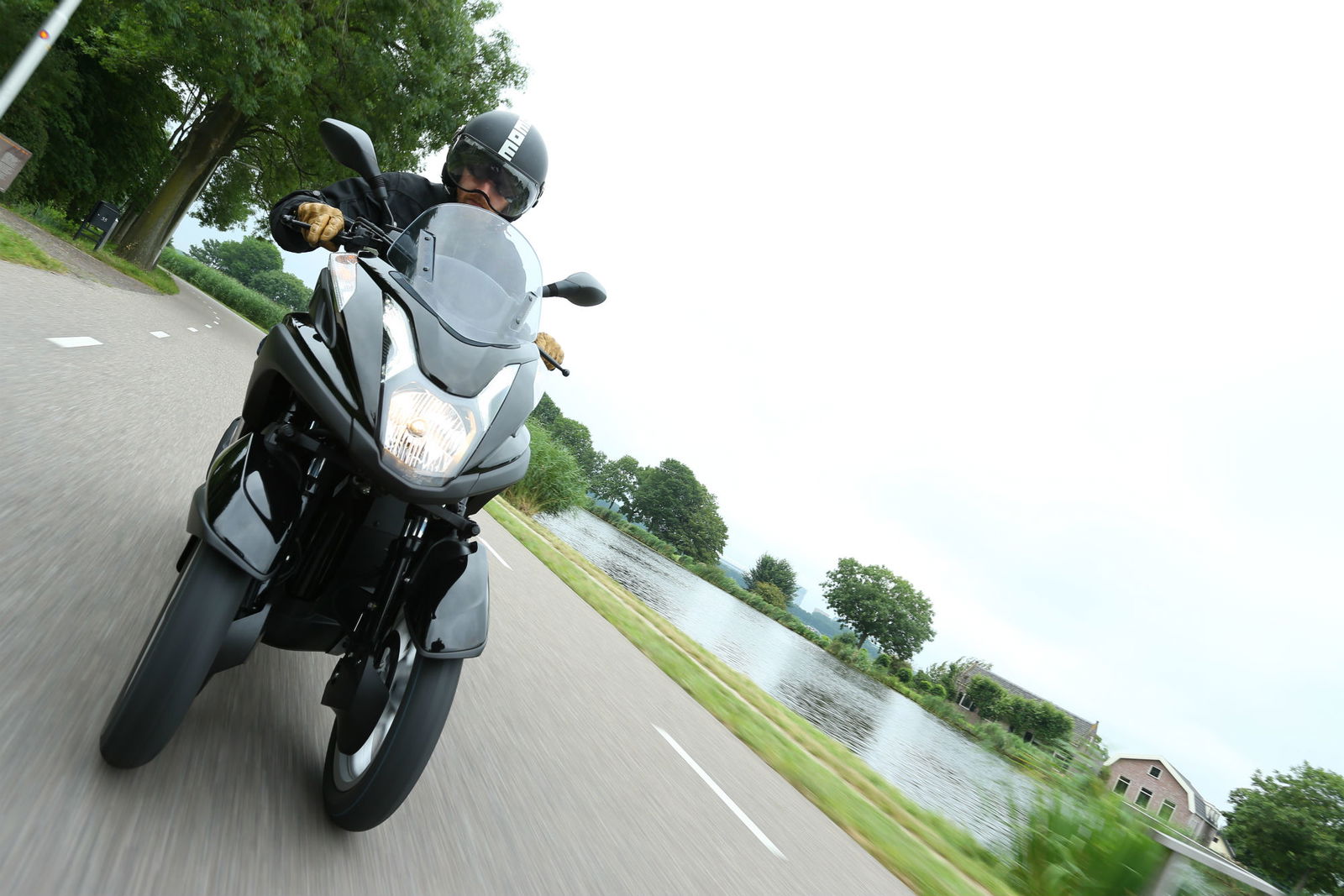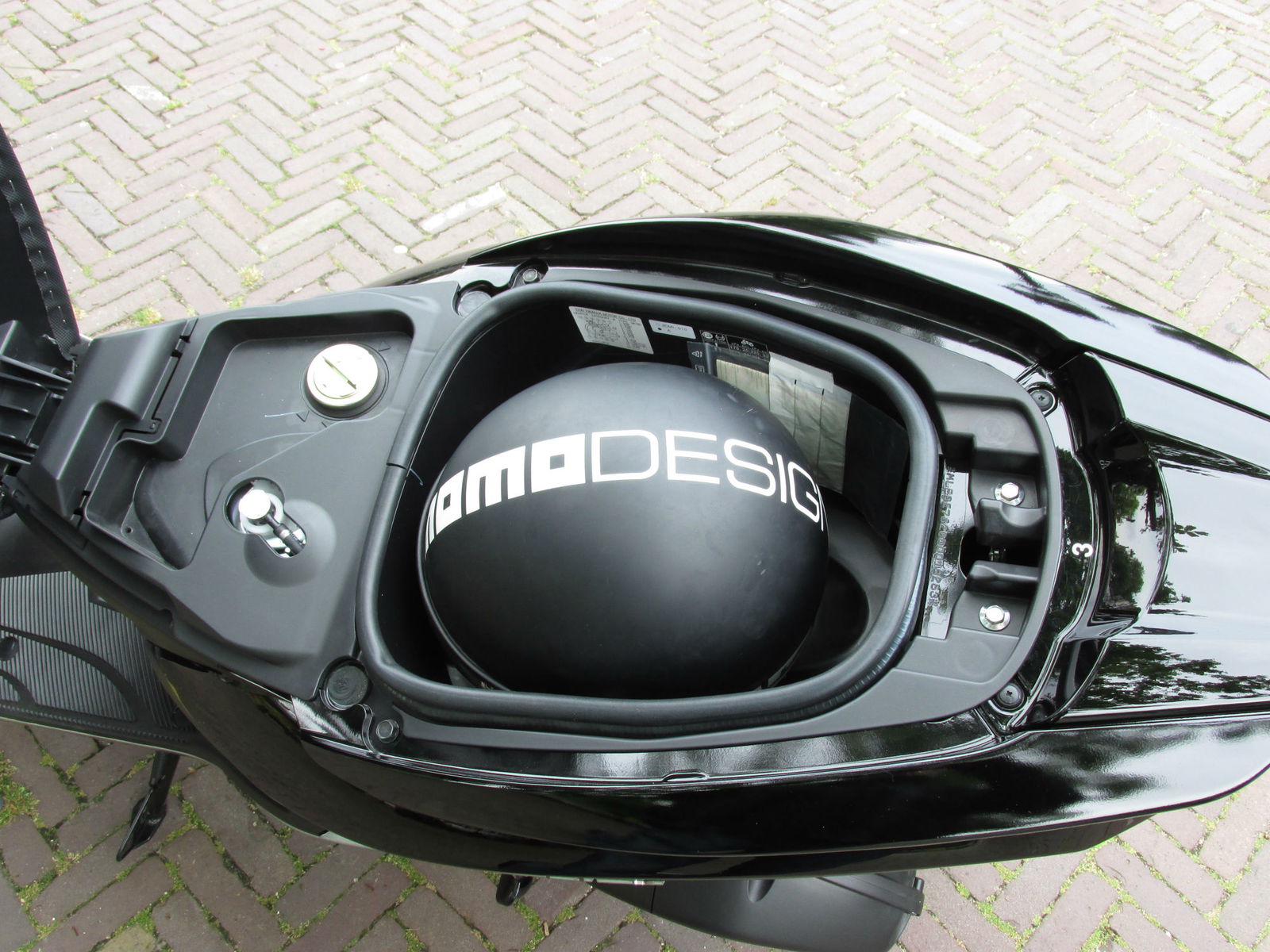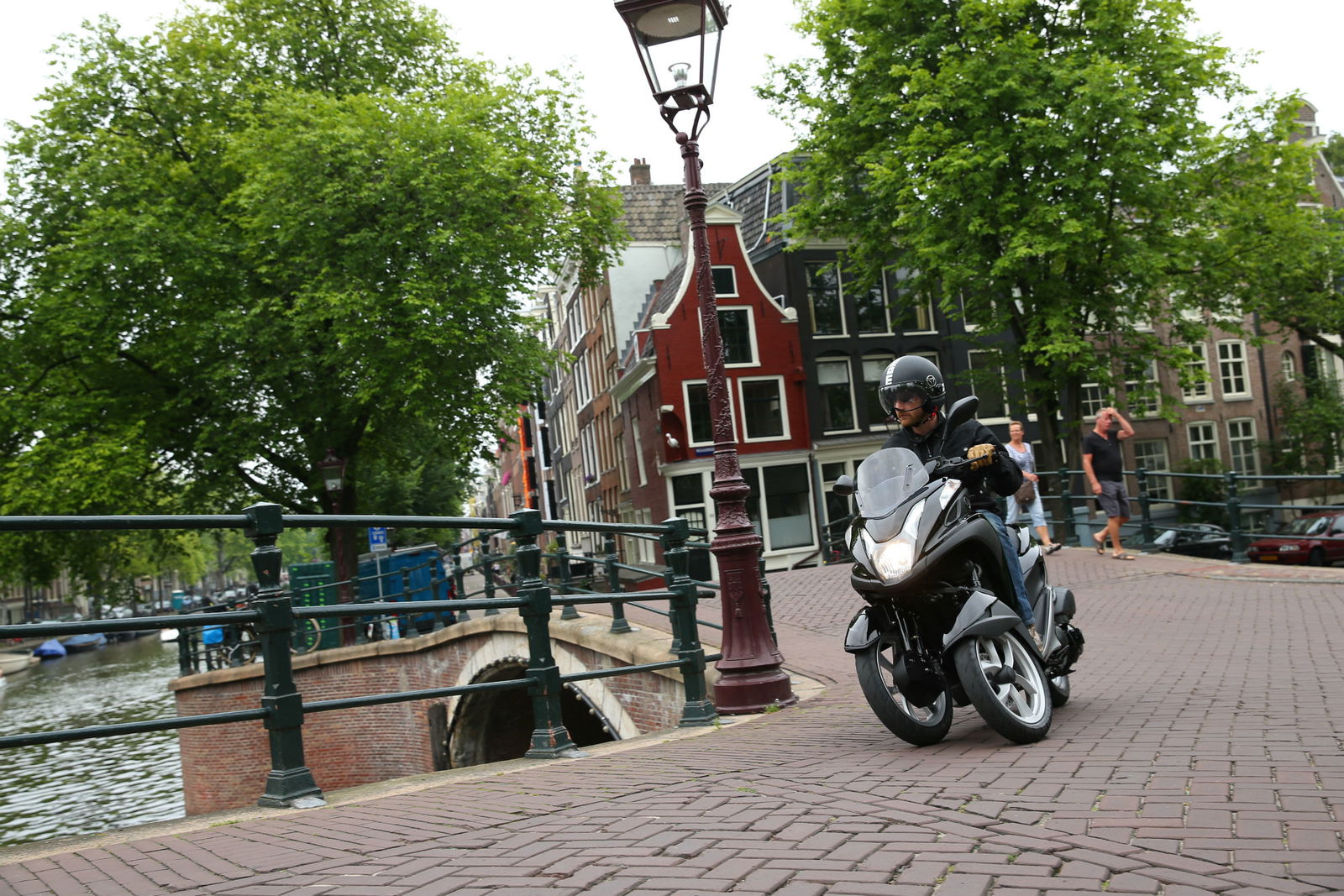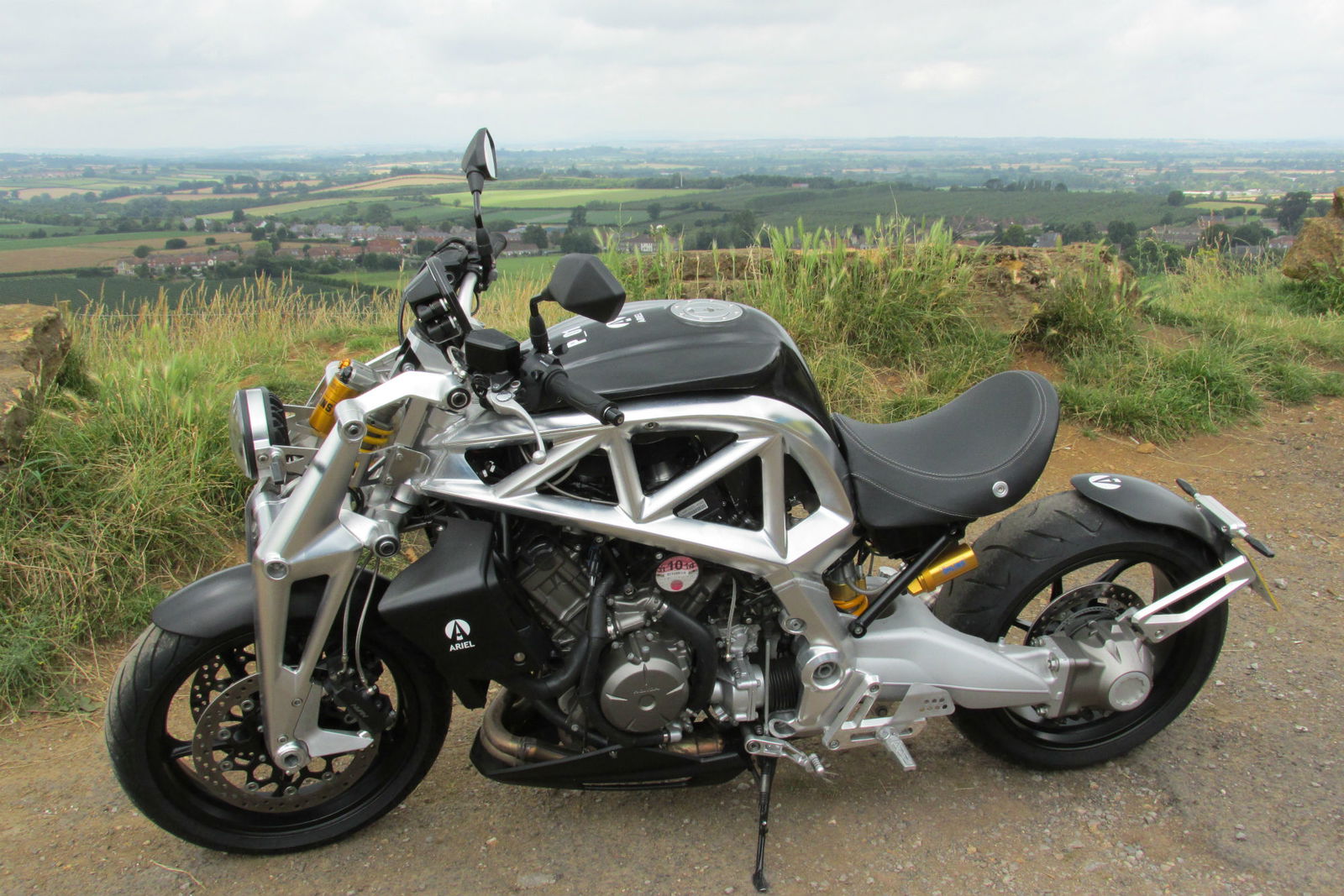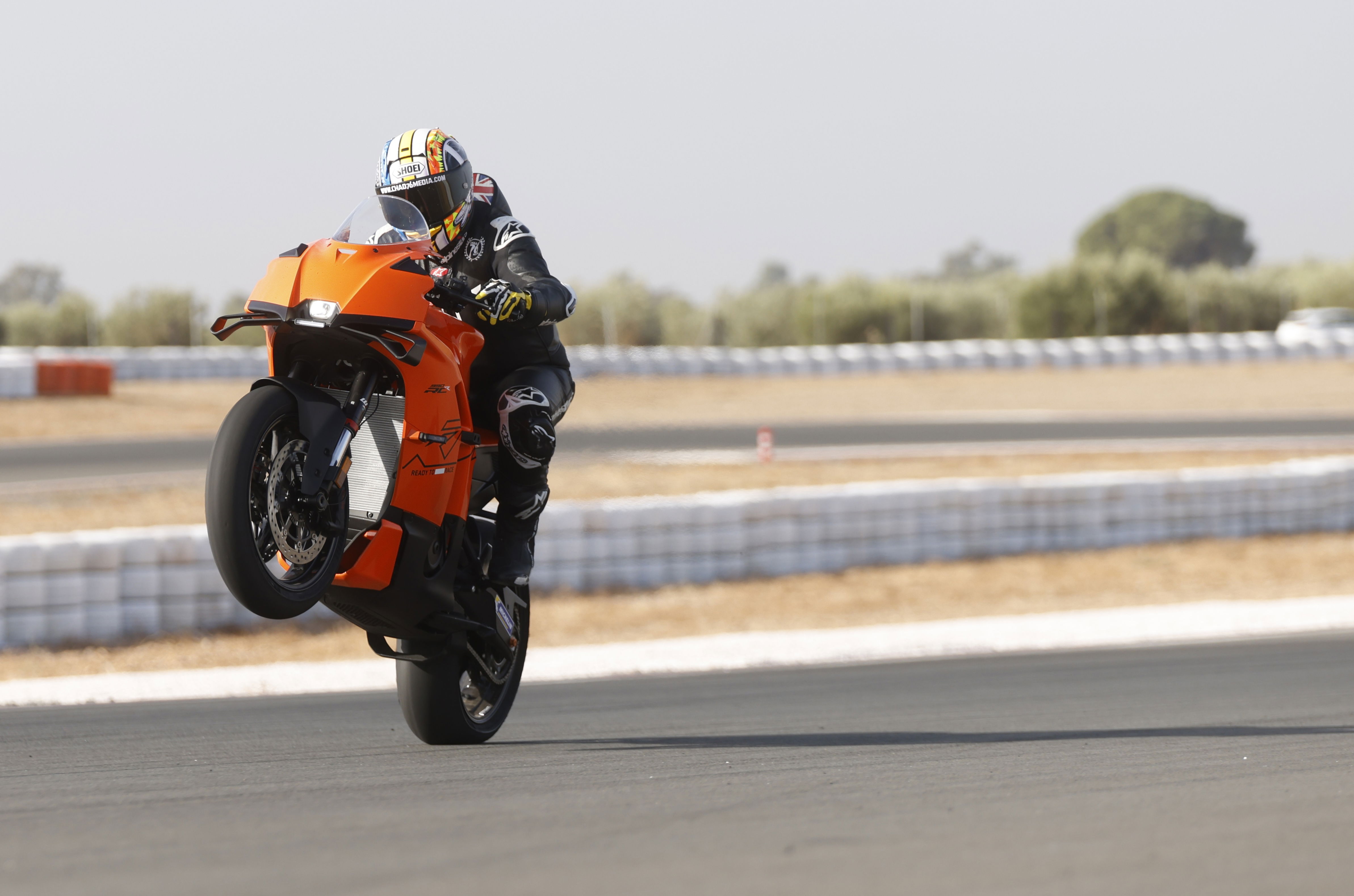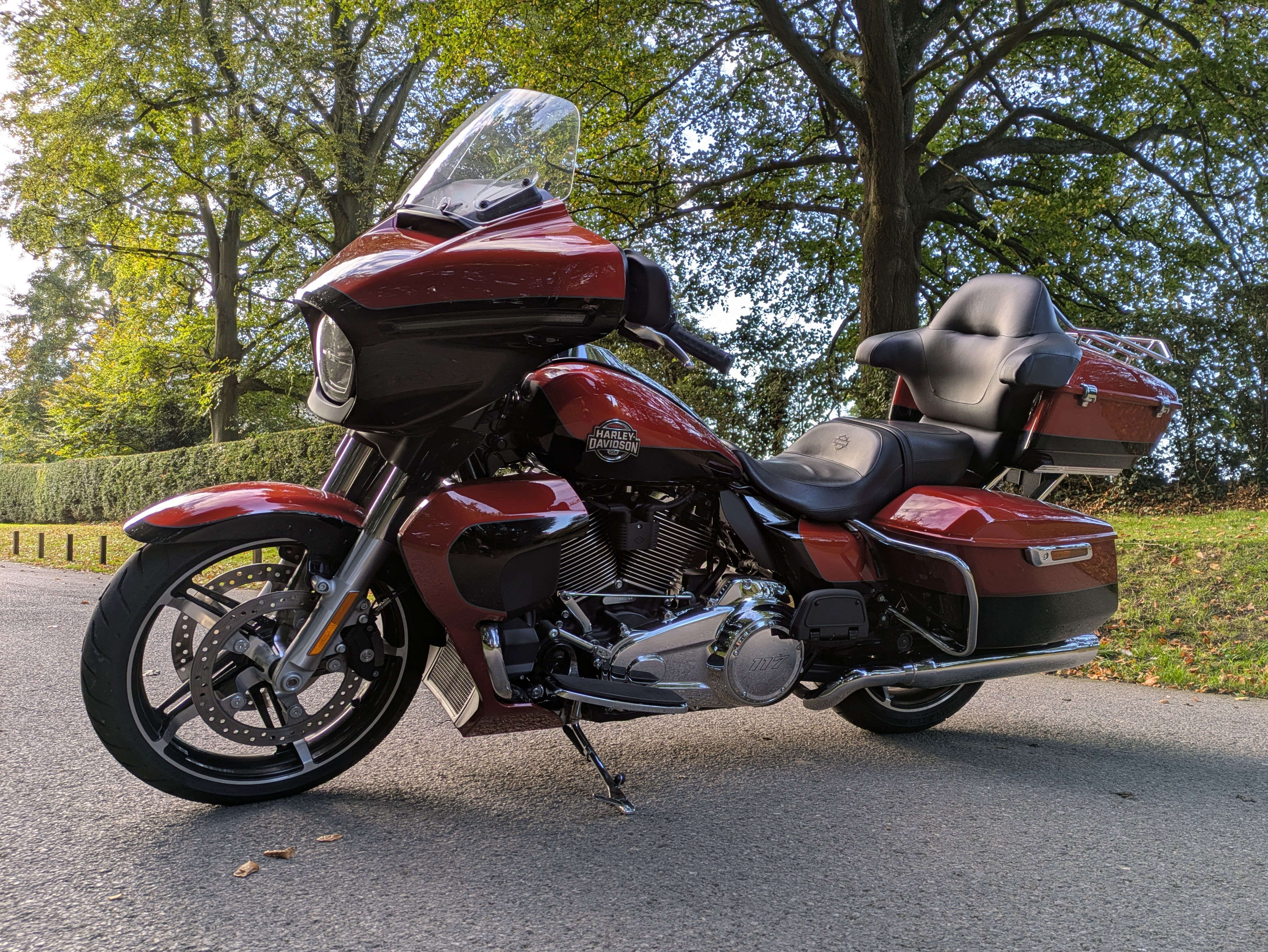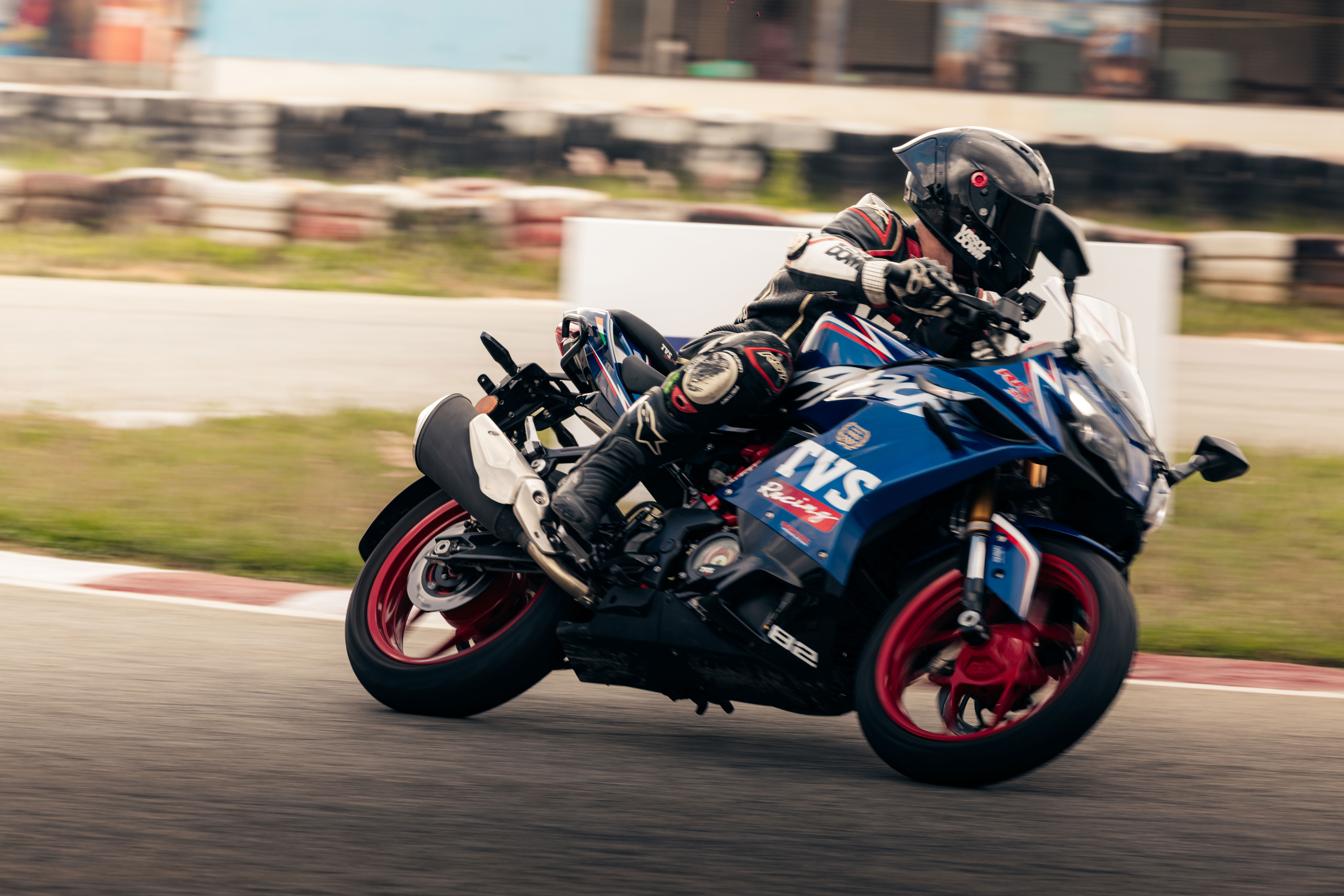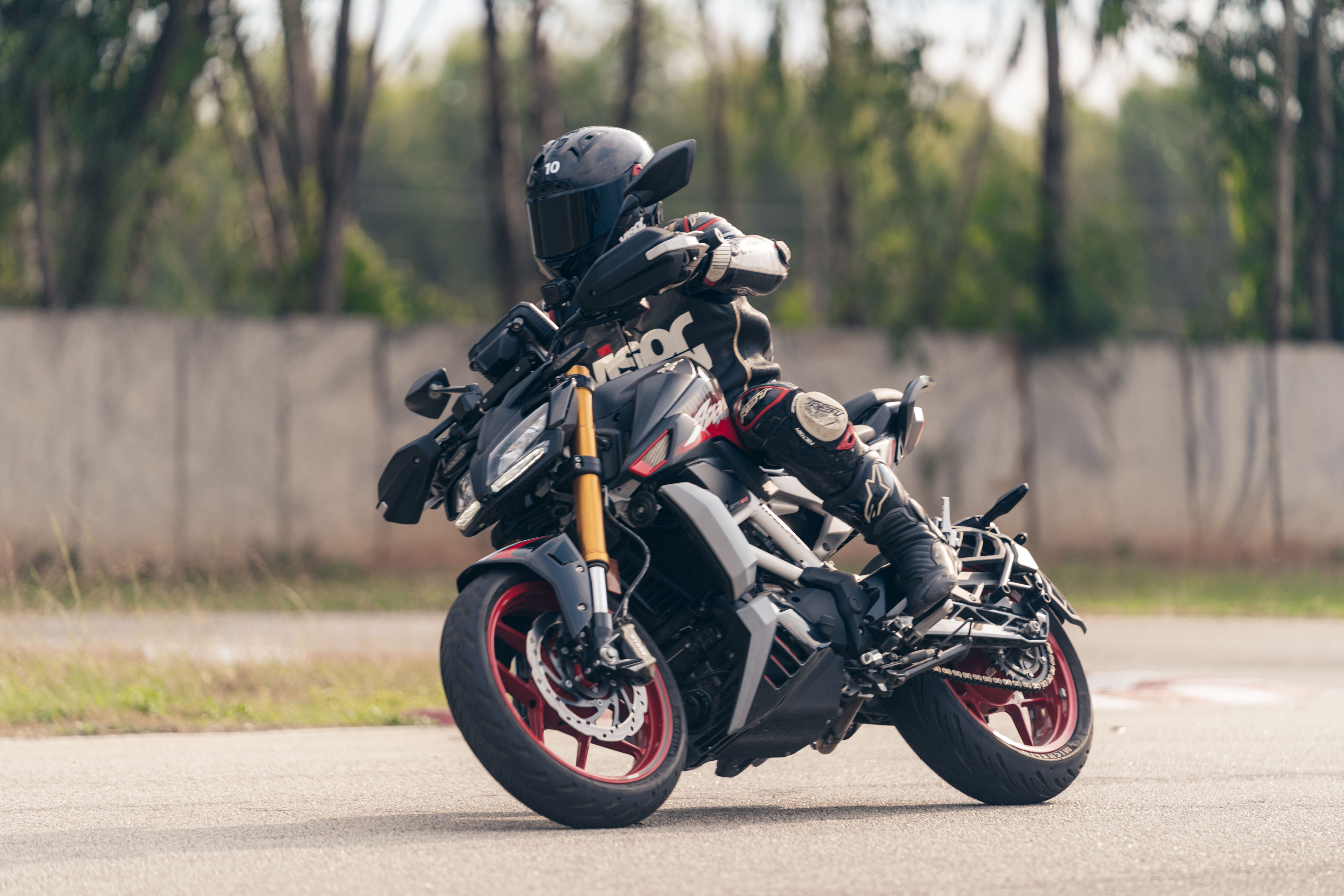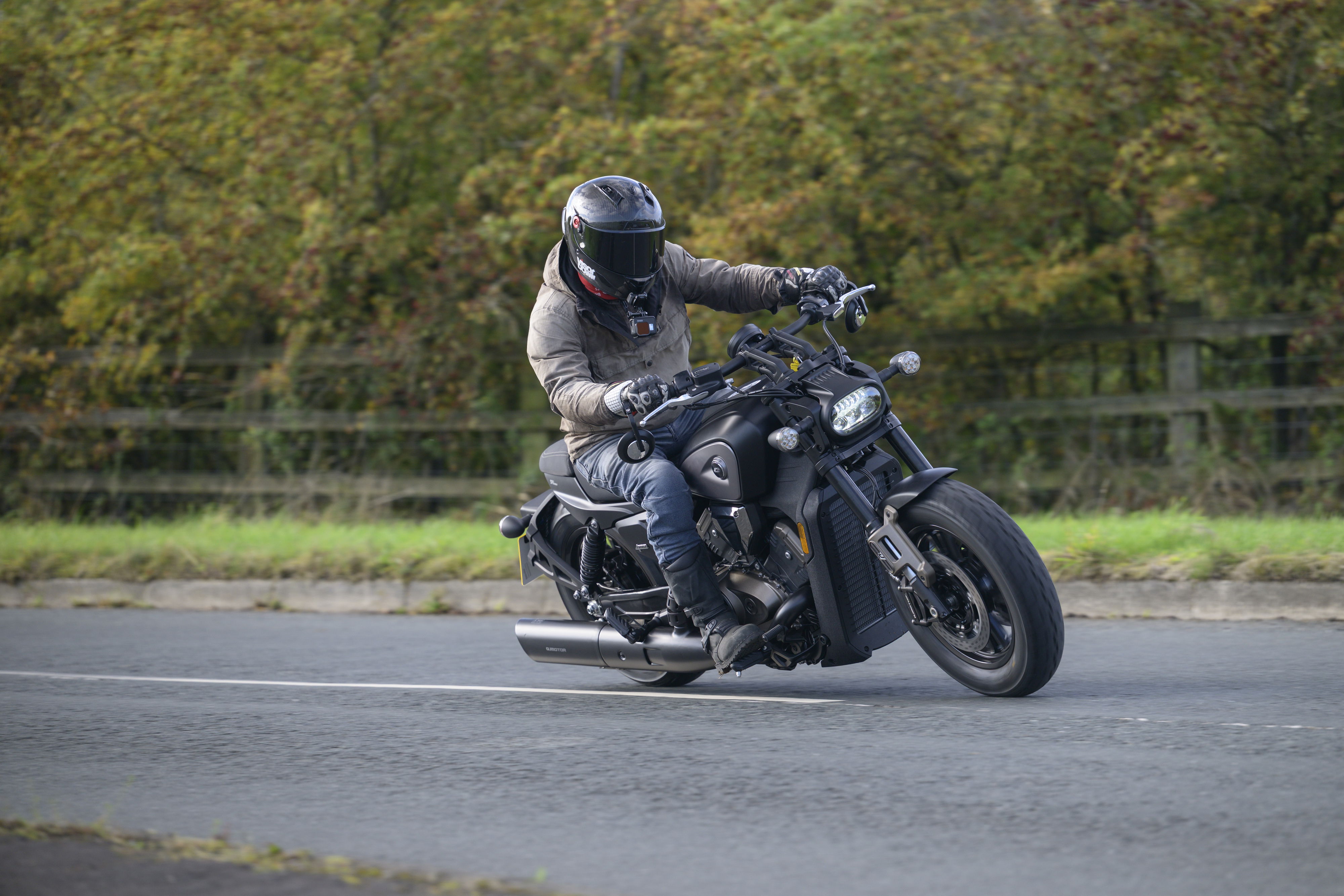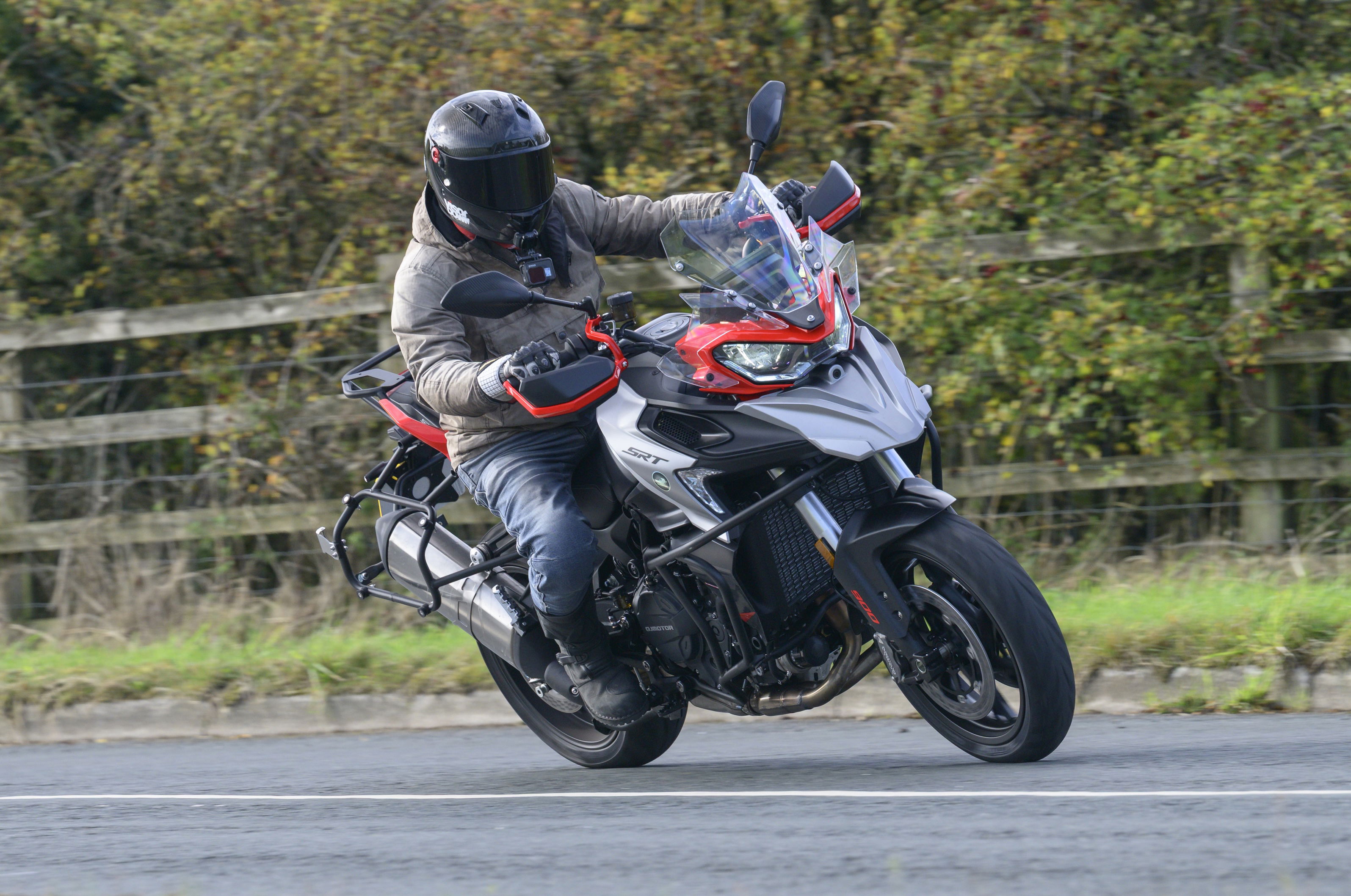First ride: Yamaha Tricity review
A superior transport solution


WE ask a lot of front wheels. They do the lion's share of stopping, turning and keeping us upright. A bit of help probably wouldn't do any harm.
Which is why there are three wheelers like the new Yamaha Tricity.
Piaggio has been making its MP3 scooters with two front wheels for several years but the range currently consists of 300cc and 500cc models starting from around £6,000 and weighing upward of 200kg.
Yamaha's new Tricity is 125cc, weighs 152kg and costs from £3,399 plus on-the-road charges. It can't be ridden by car drivers without a motorcycle licence, unlike one version of the MP3, because its front wheels are not far enough apart.
But because it's a 125 (124.8 to be precise), it can be ridden by learner motorcyclists or those with an A1 licence.
The Tricity also employs a slightly different suspension arrangement to the MP3s, with two telescopic forks for each front wheel. The wheels can't lock in position when stationary to keep the bike upright, unlike the MP3s'. If you don't put the Tricity on its centre or side-stand, it will fall over. Well, what did you expect? It's a scooter.
Yamaha says the goal was to make a three wheeler that's light and agile, and the Tricity seems to excel in those areas.
It handles and leans like a normal scooter (as do the Piaggios). The front tyres are skinny and it's quick-turning and responsive, tipping into corners very easily.
The forks have 90mm of travel and contribute to an excellent ride quality, ironing out cobbles like they're not there.
In fact it's so smooth it's vague. You don't get the same sense of what's going on between tyre and tarmac as a single front wheel gives.
But it's still confidence inspiring because you know there are two. It gives you some of the complacent assuredness of traction that car drivers enjoy.
Trying to negotiate a bend with a big hole in the tarmac halfway round? Not a problem. The Tricity will remain settled as one wheel dips into a hole and the other stays out. Big manhole cover bang on your chosen line? No need to worry too much about the either.
There were plenty of mid-corner hazards like this on the launch ride in Amsterdam today.
It would be difficult to pick a line around them with two front wheels, but you don't have to. You just go over them - because you've got two front wheels.
In a straight line, just like in a bend, one of the 14-inch front wheels can dip into a hole, or climb over a speed hump, and the scooter remains settled.
It's even possible to ride diagonally down steps, the two front wheels apparently negotiating them independently, one always a step further down than the other, while the scooter remains perfectly vertical.
The twin-shock rear suspension doesn't have quite the luxury feel of the front end but it's still pretty good at turning rough to smooth.
Established motorcyclists may feel they can manage well enough with one front wheel, and they may be right. Yamaha says the Tricity's target customers include the inexperienced, and for them, it could make sense.
As motorcyclists we accept and cope with the limitations of a single front wheel. We know you can't brake and turn at the same time.
The Tricity can brake and turn at the same time. It's also possible to brake mid-corner without the scooter fighting to go straight on, at least not as much as a two-wheeler does.
All the problems that arise from demanding so much of one front wheel are reduced.
The brakes are linked. The right lever only applies the front but the left applies back and front. They offer all the power needed.
The engine, with automatic CVT transmission, feels strong for a 125 scooter, offering enough acceleration got get away from lights ahead of traffic most of the time. The engine's new to the UK but well-proven in foreign markets and models, according to Yamaha.
I saw an indicated 60mph on the launch ride, which was mostly in urban areas with only limited stretches of dual carriageway. I think it would get to an indicated 70 with a bit more space.
Perhaps the engine's best characteristic is the low speed throttle response. Twist-and-go CVT transmissions often deliver a jerky on/off response at low speed which can make U-turns awkward. That's a problem which seems to have been addressed on several scooters launched this year and the Tricity is one of them.
Twist the throttle gently and the drive trickles in seamlessly from nothing, as if you'd used a clutch.
The effect of that throttle response, and those two confidence-giving front wheels, is that full-lock U-turns have never been easier. A generous steering lock means the Tricity doesn't need much space either. A good-sized cupboard might be sufficient. You may find yourself riding in circles for fun.
There's a 20-litre under-seat storage compartment, which is enough for a full-face helmet. There's no glovebox, probably because that front end doesn't leave space for one, but you do get a completely flat foot-board, making it easier to stow a bag between your feet, plus a bag hook to hang the handle from.
It's compact but comfortable. The riding position is typical of a small-capacity scooter, with your knees bent at about 90 degrees, but there's plenty of room for them, especially if you shift your bum backward in the generously proportioned, well-padded seat.
Yamaha said in their presentation that the Tricity is for inner-city commuting, 'not for going 50km away' and I think they're under-selling it. You could easily do a 60-mile round-trip daily commute on it. The screen is tall enough to afford a good level of weather protection for a scooter of this size, much better than, say, a 125 Vespa.
Speaking of which, the Tricity is only £100 more than a Vespa Primavera 125. It's about £200 less than a Vespa Sprint 125. Both of those have only one front wheel.
I know some will choose a Vespa for its image but even a Honda SH125 is only about £400 less than the Tricity. Who's chosing that for its image?
In fact I suspect many people who choose to ride scooters do so through a degree compulsion, as a transport solution. And purely as a transport solution, there's a good case for two front wheels over one, especially when the price is about the same.
MP3s certainly seem to be catching on. Piaggio boasts 130,000 European sales and the three-wheelers have become a common sight in London.
Yamaha says it's going to do more in the segment, which could signal bigger capacity versions on the way. For now it's targeting 125 commuters, especially the cautious and inexperienced among them. In terms of serving its target, the Tricity is one of the most convincing packages I've ridden this year.
Model tested: Yamaha Tricity
Price: £3,399 plus on-the-road charges
Power: 11hp
Torque: 7.6lbft @ 3,000rpm
Fuel economy (claimed): 115.8mpg
Wet weight: 152kg
Tank capacity: 6.6 litres
Seat height: 780mm
Colours: Black, red, white, grey
Read our Vespa Sprint first-ride review
Read our Vespa Primavera first-ride review


